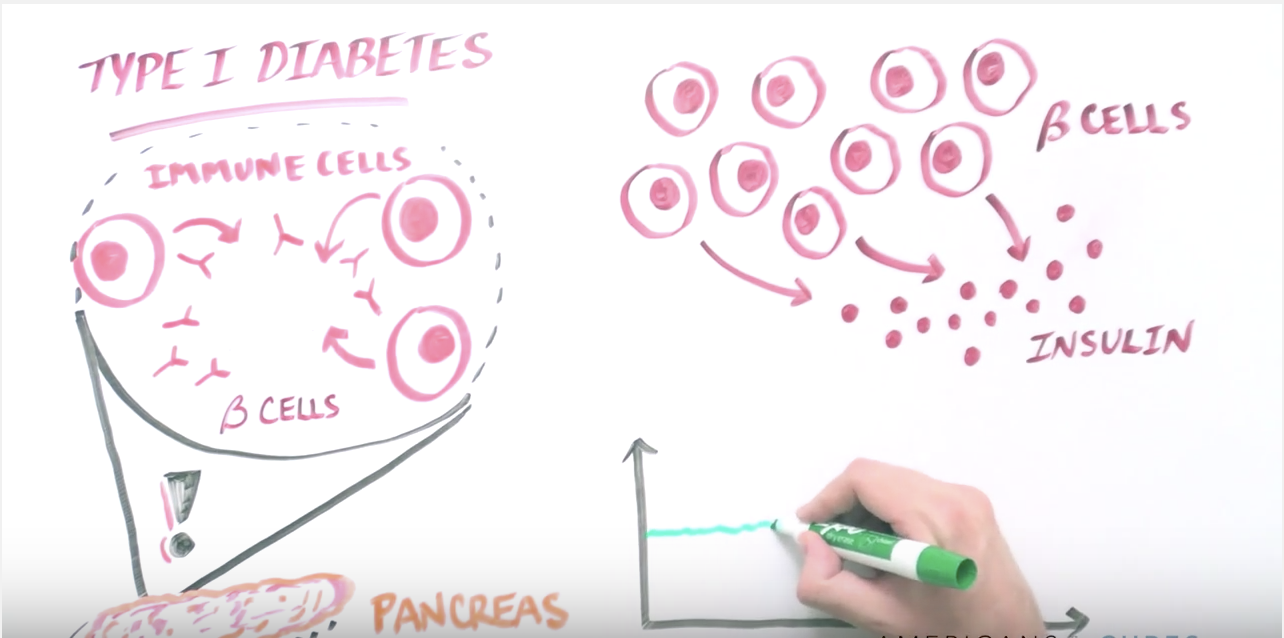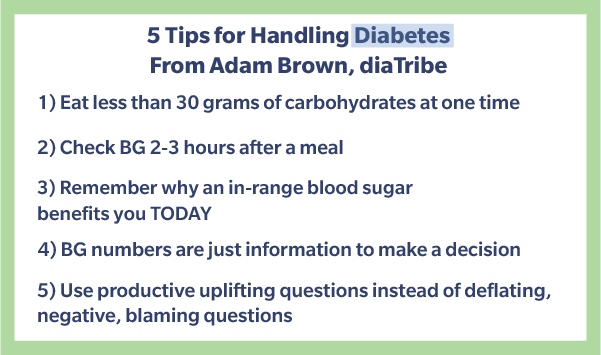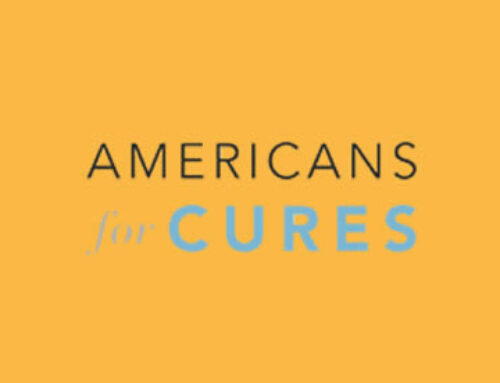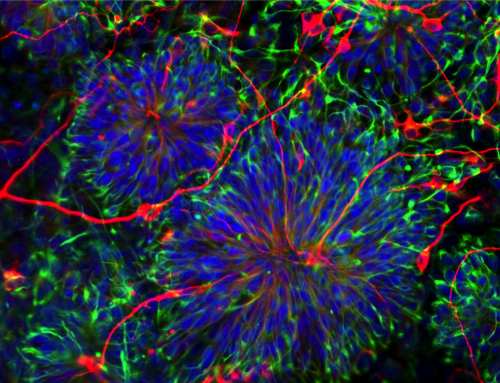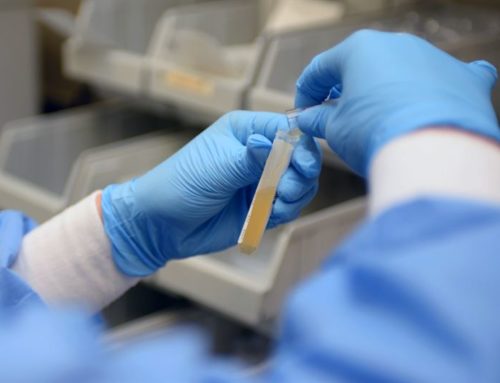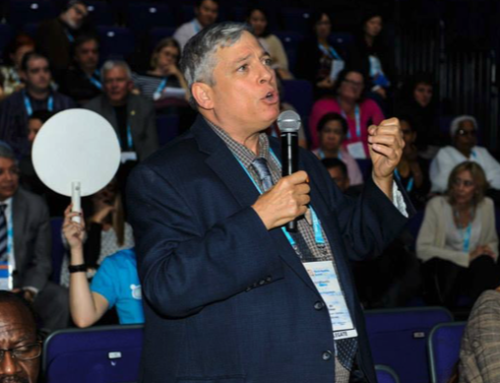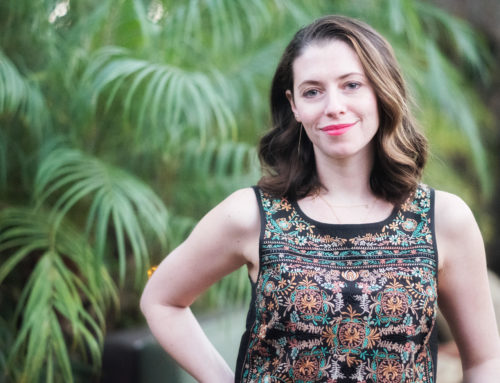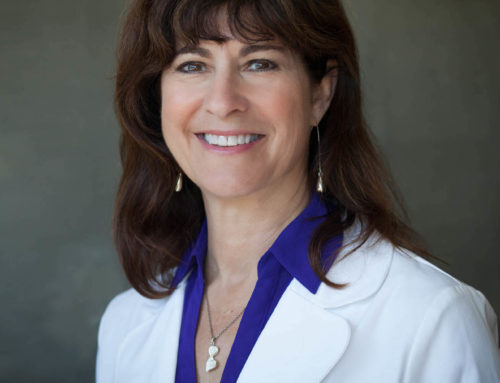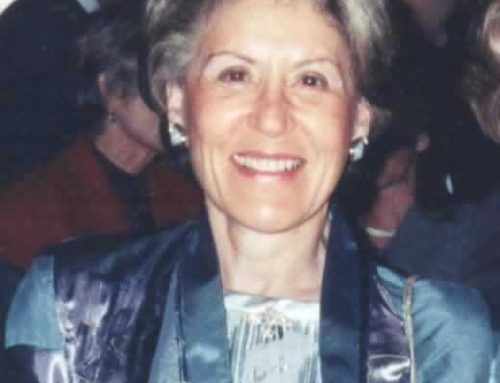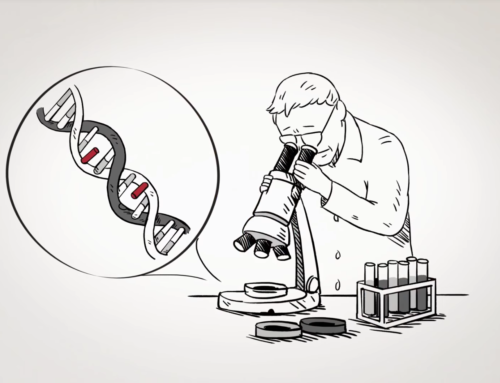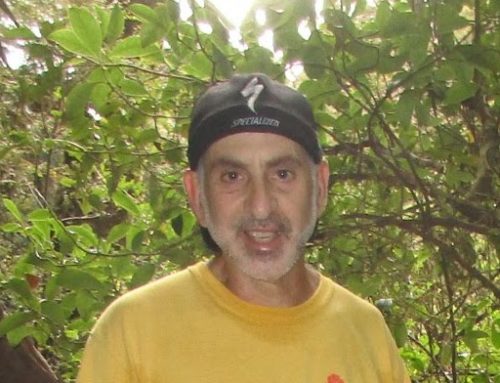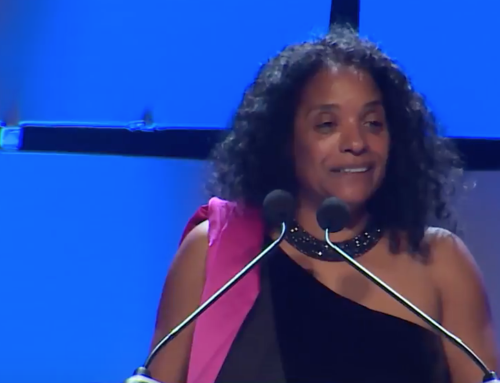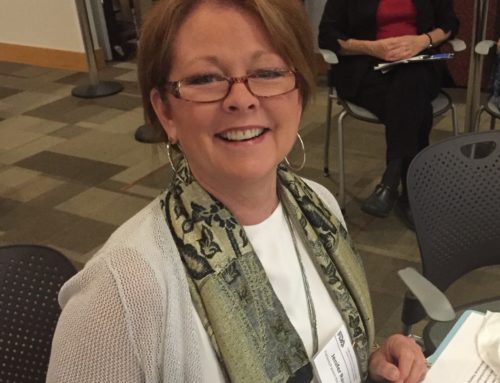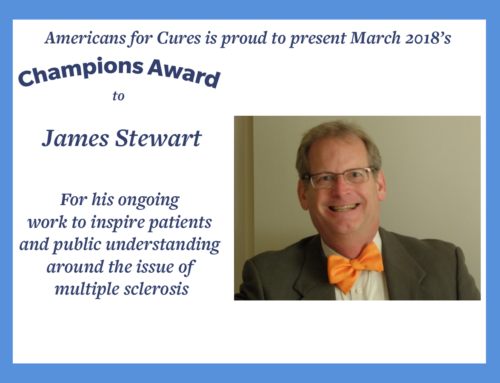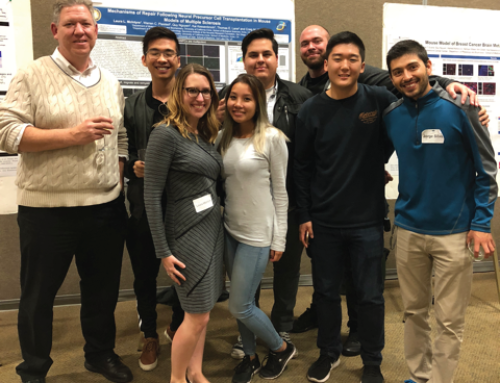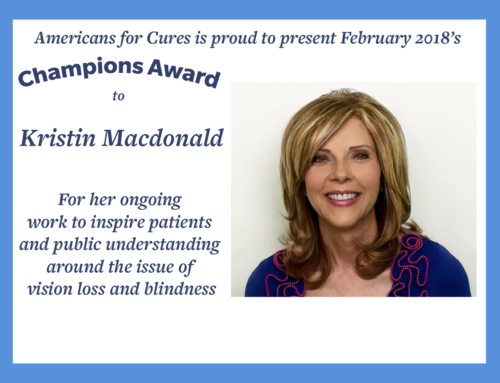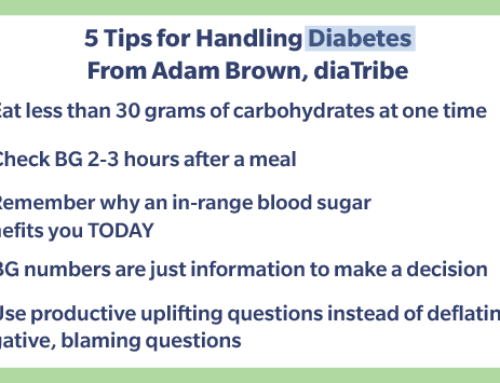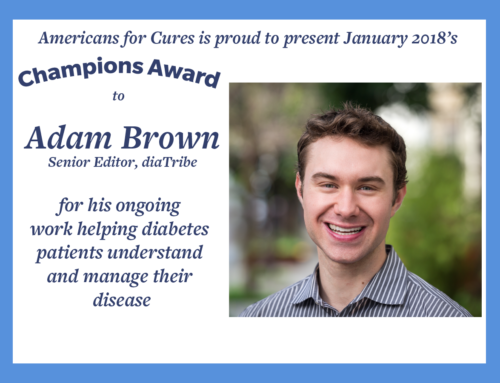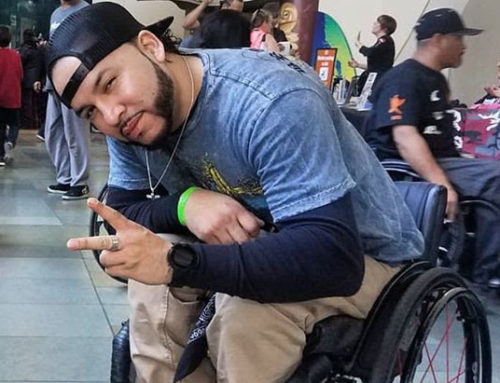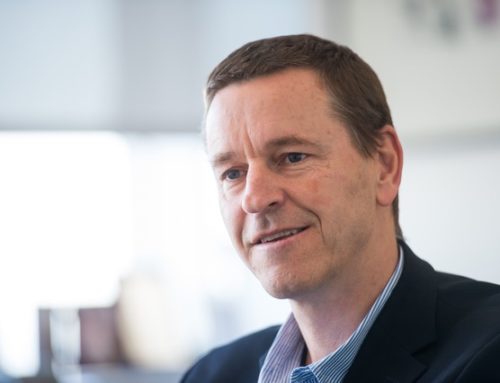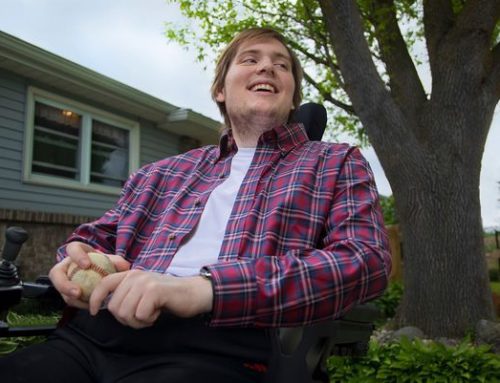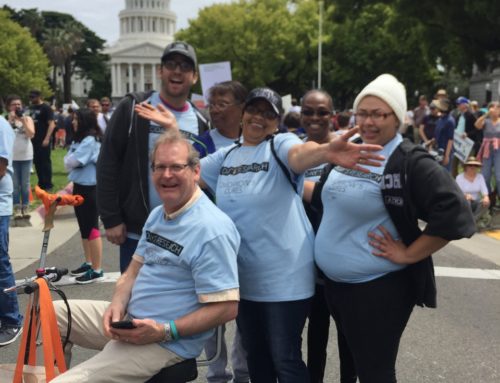Matthias Hebrok, PhD is a leading researcher in diabetes, a member of the Americans for Cures Scientific Advisory Board, Director of the UCSF Diabetes Center, and Hurlbut-Johnson Distinguished Professor in Diabetes Research.
Dr. Hebrok answered a few quick questions about stem cells and dinner parties!
Q: What is one new and exciting stem cell discovery in your area of research?
A: “Most exciting is that our lab can now generate beta cells that are close to 90% identical to those in the body. This means they can be used to help treat Type 1 diabetes. Also, we have identified ways to generate pancreatic islets—these are similar to a mini-organoid, or small organs—that include a variety of pancreatic cell types, including alpha, beta, and delta cells. This discovery can contribute to treatment of Type 2 diabetes.”
Q: What is the best way for advocates to rally support for stem cell research?
A: “Make it personal. Tell your friends how they, their loved ones, or their immediate family would benefit. This is what I would say: There are miracle treatments like penicillin or insulin or hip replacement. My dad needed a hip replacement a few years ago and sure, artificial hips help but only last 10-15 years. What if we could regenerate new cartilage? That’s what stem cells can do! We are at the brink of developing therapies that can change medicine. We can prolong meaningful life in a way that was not possible before.”

Dr. Hebrok (top row, fourth from left) and his team study the generation and function of human pancreatic cells to produce insulin and treat diabetes.
Q: You’re at a dinner party and someone asks you why you believe in the power of stem cells to treat chronic conditions. What is your response?
A: “I give people a timeline—although, hard to do at a dinner party: Insulin became available in 1922. It used to be derived from pigs, dogs, etc. and now it’s humanized but it took a long time to get there. Human embryonic stem cells were first discovered in 1998. And if you take where we are now, this is an unbelievable success story. We have learned so much and this is when things are going to pick up even more speed. As an analogy, if I have a plumbing issue at my house, I have no idea what to do. But the plumber shows up, screws and unscrews a few things, and solves the issue. I couldn’t have done that, of course, but watching him once, I learned. The same thing is happening in my laboratory and others’ right now. It only took us 12-15 years to do the work. We’ve learned a lot and now it needs to be sustained for a long time. We are going to be ready for prime time very soon.”
Thank you, Dr. Hebrok! You can see our Scientific Advisory Board here.




